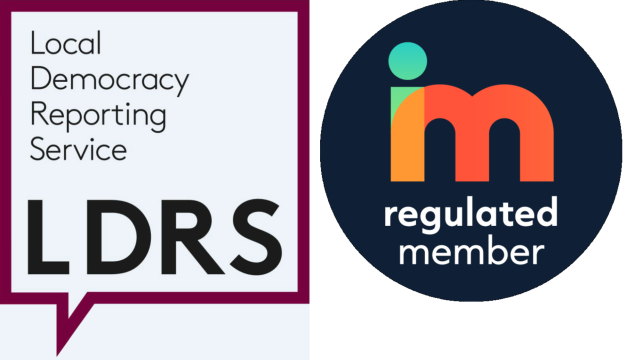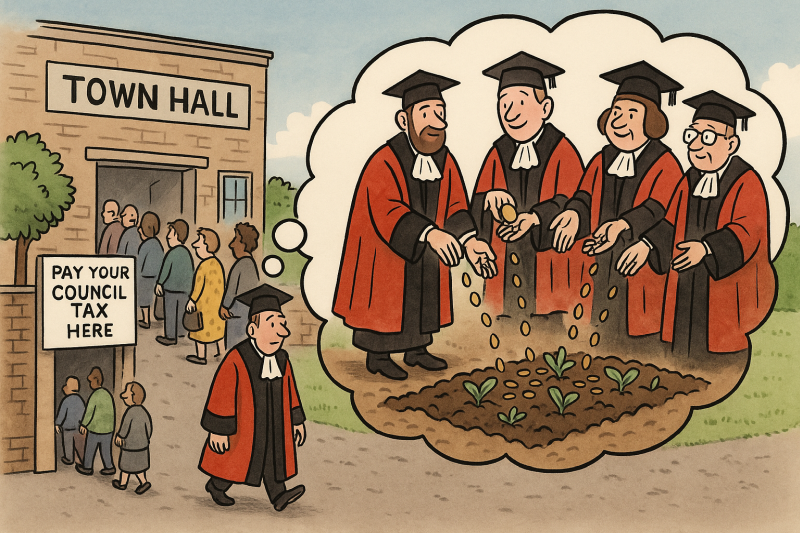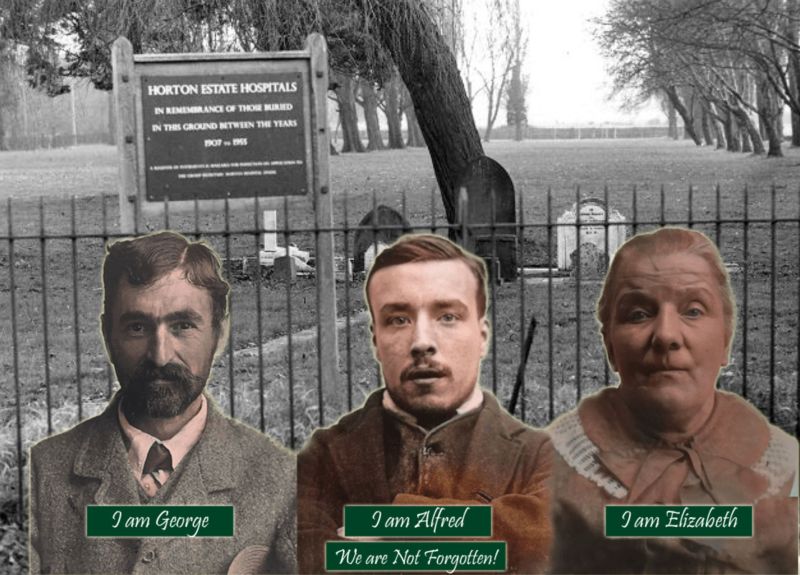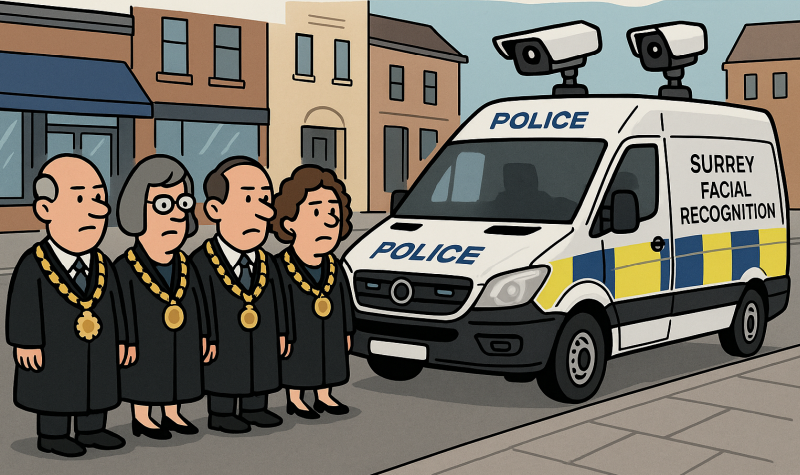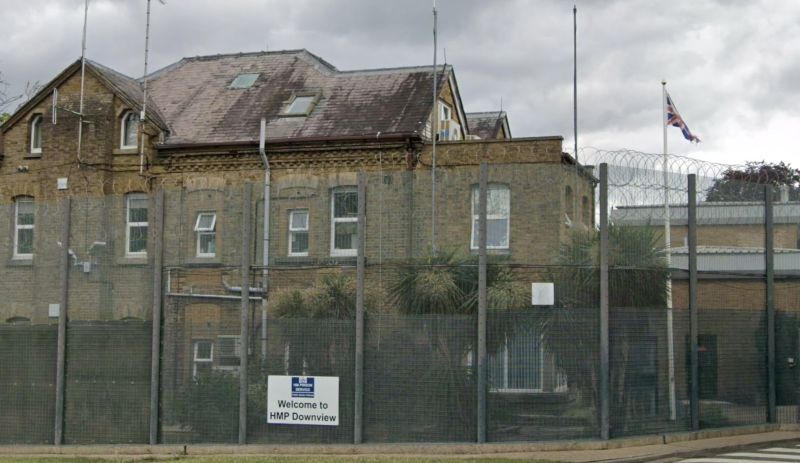The cost of saving the cost of local government
As of April 2025, Epsom and Ewell is actively engaged in Surrey’s significant local government reorganisation, aiming to transition from the existing two-tier system to a unitary authority model.
The UK government initiated a directive for Surrey to be part of the first wave of local government reorganisation, inviting all 12 councils in the county to submit proposals for restructuring. The current two-tier system, comprising Surrey County Council and 11 district and borough councils, including Epsom and Ewell Borough Council, is set to be replaced by unitary authorities responsible for all local services.
Epsom and Ewell Borough Council, led by the Residents Associations of Epsom and Ewell, has expressed a preference for establishing three unitary councils within Surrey. This stance aims to balance efficiency with maintaining strong local connections. Councillor Hannah Dalton, Chair of the Surrey Leaders Group and leader of the Residents’ Association, has emphasized the importance of serving communities effectively and preserving local democracy.
Surrey County Council Leader Tim Oliver advocates for the creation of ‘community-level boards’ to ensure local voices are heard within the new governance structure. These boards would include representatives from various sectors, such as health, police, voluntary groups, and local councils, facilitating tailored public services and stronger community engagement.
While proponents of the reorganisation, such as Surrey County Council, argue that a streamlined unitary model will lead to long-term savings through the reduction of duplicated services and administrative overheads, there are also significant upfront costs involved. These include expenses related to restructuring staff, merging IT systems, rebranding, and establishing new governance frameworks. Early estimates suggest the transition could cost tens of millions of pounds, with potential savings only materialising over several years. Critics warn that these financial pressures could strain local services during the transition period and reduce the funds available for frontline delivery.
The Local Government Information Unit states: “A range of options for potential new unitaries were included from 27 to 67 different unitaries. And, across 18 regions (with the information publicly available), the average population size of options was 544,837. Across the 27 proposals analysed, £38.4m has been set aside for preparing LGR proposals. And, current financial analysis averages the estimated transition cost for each region’s reorganisation as £31.1m.”
A public consultation has been launched to gather feedback from residents and businesses on the proposed reorganisation. This initiative seeks to involve the community in shaping the future governance of Surrey, ensuring that the new structures reflect the needs and preferences of local populations.
- Final Proposal Submission: The final proposals for the new unitary structures are to be submitted to the government by 9 May 2025.
- Government Decision: A decision from the government is expected in the autumn of 2025.
- Elections: Local elections, initially scheduled for May 2025, have been postponed to May 2026 to accommodate the reorganisation process.
Related reports:
Surrey Councils launch Local Government Reorganisation engagement
Surrey’s BIG debt question in local government reorganisation
Local Government Reorganisation in Surrey: Key Proposals
What might local government reorganisation mean for Epsom and Ewell?
Local government reorganisation: What will it mean for Epsom and Ewell?

